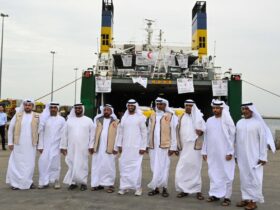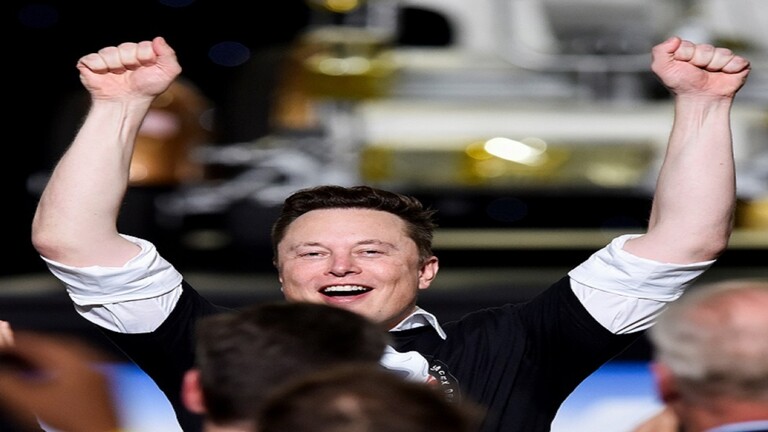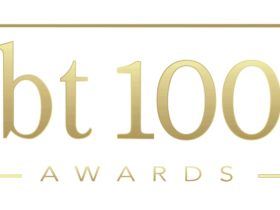Dubai – (Masaader News)
Growth continues to slow and the fiscal deficit remains wide. Despite the recent fiscal consolidation efforts, Bahrain is the most vulnerable GCC country in the face of low oil and bauxite prices due to its limited savings and high debt levels, leaving it exposed to financing risks.
Cheap oil continues to test Bahrain’s economic resilience. Bahrain maintained an expansionary fiscal stance since 2009 resulting in general government deficits. The situation worsened in 2015 with a decline in oil revenues by about 10% of GDP and a general fiscal deficit estimated at 12.8% of GDP (from 3.4% in 2014). The deficit spending helped maintain economic growth at 2.9%, but brought reserves down to a low level at 2.6 months of imports and increased public debt to 62% of GDP.
Economic growth is expected to decline in the forecast period. Real GDP growth projections have been revised downwards to 1.9% in 2017 and 2018, as continuing low oil prices depress private and government consumption. Some infrastructure investments are also likely to be put on hold. In the absence of significant upfront fiscal adjustments, Bahrain will remain vulnerable to fiscal risks. Average inflation is expected to decrease to 2.1% in 2017 reflecting the cooling off in economic activity and phasing out of temporary price-boosting effects of subsidy reforms.
KUWAIT
The economy grew by an estimated 3% in 2016, supported by higher oil production and implementation of the Development Plan. A partial recovery in oil prices over the past year has eased pressure on fiscal balances somewhat. Banking sector liquidity continues to improve. Major infrastructure projects will continue to support growth in the near to medium term. Key challenges include hydro-carbon dependence and parliamentary opposition to deep structural reforms.
GDP growth in 2016 accelerated to an estimated 3% (market prices) from 1.8% the previous year. Output in the non-oil sector expanded by an estimated 2%, better than in 2015 (1.3%) but less than half the pace before global energy prices began to fall in 2014.
OPEC-related oil production cuts should slow GDP growth to 2.5% in 2017. In the medium term, however, oil output should rebound unless another OPEC deal is negotiated. In addition, the government plans to invest US$115 billion in the oil sector over the next five years, which should also boost oil production starting around 2018. With additional support coming from public-investment spending, growth should rise to about 3.2% over the medium term. Both current account and budgetary pressures should ease on the back of a partial recovery in oil prices and rising output. The baseline assumes gradual implementation of spending and revenue reforms including the introduction of a VAT in 2018, which Kuwait looks on track to implement.
OMAN
Protracted low oil prices continue to weigh on Oman’s economy. The OPEC agreement to cut oil production in 2017 and the government’s ongoing commitment to austerity are likely to further depress growth. Fiscal and current account deficits remain large, and Oman is increasingly resorting to external borrowing to finance its deficits. However, growth is expected to pick up in 2018 as Oman pins hopes for its economic diversification plan on the fisheries and tourism sectors.
Real GDP growth in Oman is estimated to have slowed down to 2.2% in 2016 from 5.7% in 2015, according to official Omani estimates. Non-hydrocarbon GDP growth is estimated to have dropped to 2% in 2016 from 7% in 2015 as public spending declined with knock-on effects on investment and consumption. Hydrocarbon GDP growth nearly halved in 2016, falling from 4.2% in 2015 to 2.4% in 2016.
Overall real GDP growth is projected to slow down further in 2017 to just under 1% owing to the agreement reached with OPEC producers to cut oil production until June 2017 and the dampening effects of government spending cuts on business sentiment and private consumption. The 2017 planned budget has cut spending by 8% leading to a budgeted deficit of 10.6% of GDP. However, with further delays in consolidation efforts, the budget deficit could reach 13.9% in 2017. Monetary policy will remain tight as interest rates continue to rise. Owing to the hike in electricity tariffs and higher global food prices, inflation is expected to inch up to 1.4%.
QATAR
As low global energy prices have persisted, fiscal and current account balances have shifted into deficit. The government has pared back current spending and undertaken subsidy reform. However, continued spending on 2022 FIFA World Cup capital projects is shoring up growth. Financial buffers also remain large. Given the uncertain medium-term outlook for the hydrocarbon sector, economic diversification is critical.
GDP growth slowed to (an estimated) 2.9% in 2016 from 3.5% the year before. As in previous years, output in the hydrocarbon sector remained broadly flat, reflecting in large measure the effects of a self-imposed moratorium on additional output from the giant North Field (source of the gas that transformed Qatar into the world’s largest LNG exporter).
Qatar is currently in the midst of a multi-year US$200 billion infrastructure up-grade ahead of hosting the World Cup, which should support activity, particularly in construction, transport and services. The 1.4 billion cubic feet per day Barzan gas project—the last project approved before the North Field moratorium—is set to start production in 2017. This should boost growth to 3.3% in 2017, and help offset some of the anticipated production decline in natural gas output over the next few years. With FIFA-related investment beginning to plateau, growth is expected to gradually stabilize around 2.5 % in 2019.
As gas production increases and oil prices recover, ex-port earnings should recover. The fiscal deficit will narrow, helped by savings in current expenditures and subsidy reforms and the introduction of a VAT in 2018.
SAUDI ARABIA
Cheap oil continues to test the economic resilience of the Kingdom of Saudi Arabia. In 2016, the authorities deepened fiscal consolidation measures and introduced major reform initiatives to counter the growing challenges posed by the new reality of oil markets. With unfolding fiscal consolidation efforts, improvements in medium fiscal outlook were achieved at the expense of growth, which closely relies on public spending.
Low oil prices continue to challenge growth and fiscal sustainability in the Kingdom of Saudi Arabia (KSA). While recovering from a monthly average of US$30 per barrel earlier in 2016, at US$54 a barrel, the prices remained well below half of their 2014-peak in January 2017. As hydrocarbons account for about 80% of fiscal revenues and more than 40% of GDP, the KSA remains vulnerable to subdued prices.
Economic growth in the KSA is projected to slow further in 2017. Growth in the hydrocarbon sector is expected to be moribund in line with the recent OPEC agreement. The authorities have already reduced oil production to 9.8 million barrels a day in January 2017, which is comparable to the levels before the oil price drop in 2014. However, because the 2017 fiscal budget moderately eases consolidation measures, the non-oil economy should recover as the pace of fiscal adjustment eases and grow by 2.1% in 2017. Overall, GDP growth is projected to be 0.6% in 2017.
On the external side, the current account is projected to remain in the red, at 4.0% of GDP in 2017. Going forward, the annual average export prices should recover gradually in 2017 and 2018. With slower recovery in imports, the current account should revert to small surpluses from 2018 onwards.
UNITED ARAB EMIRATES
The OPEC-mandated oil production cuts will limit growth in 2017 but as projected oil prices trend upwards, oil production capacity rises, and investments ramp up ahead of Dubai’s Expo 2020, growth is expected to pick up in the medium term. However, the slowdown in the global economy and the tightening of regional liquidity pose risks to the outlook.
Persistently low oil prices and fiscal austerity continue to weigh on the UAE’s economy. Overall real GDP growth is estimated at 2.3% in 2016, a significant drop from the pre-2014 oil shock average of 5% (2010-14). Austerity measures weakened business and consumer confidence and slowed growth in credit to the private sector in 2016. Hydrocarbon GDP growth is estimated to have slowed down to 3% in 2016 from an estimated 4.6% in 2015.
The OPEC-mandated oil production cuts are expected to limit growth in 2017, to 2%. Further down in the forecast period, growth is expected to recover slightly, reaching 3.2% in 2019. The federal government has set a targeted growth rate of 4% for 2017, which seems ambitious given the weak bank liquidity growth and likely OPEC-mandated oil output cuts that year. In 2018 on the other hand, oil production is expected to rise due to investments in oilfield development. Non-oil growth is projected to rebound (i) as the expected improvement in oil prices and its positive effects on confidence and financial conditions dampen the effects of fiscal consolidation; (ii) as megaproject implementation ramps up ahead of Dubai’s hosting of Expo 2020; and (iii) as the lifting of sanctions on Iran translates into increased trade. Expo 2020 is expected to draw in a large number of visitors, boosting private consumption and services exports.











